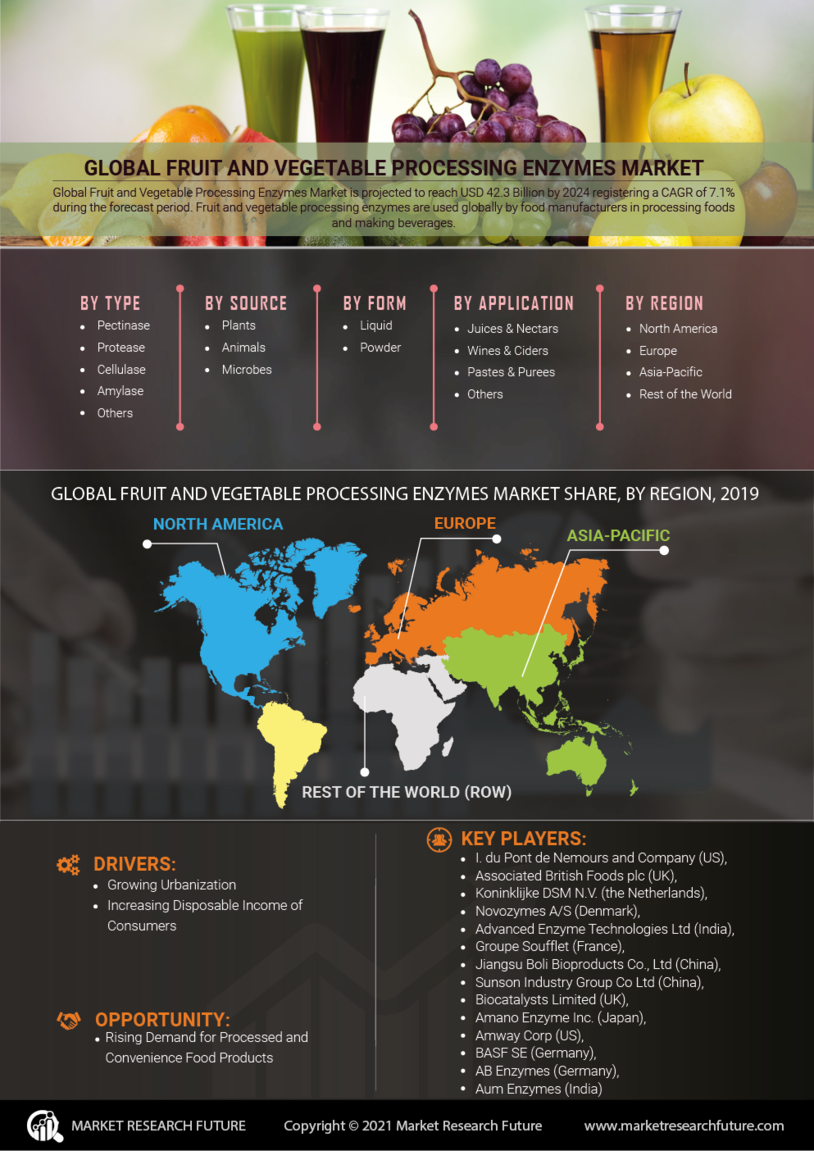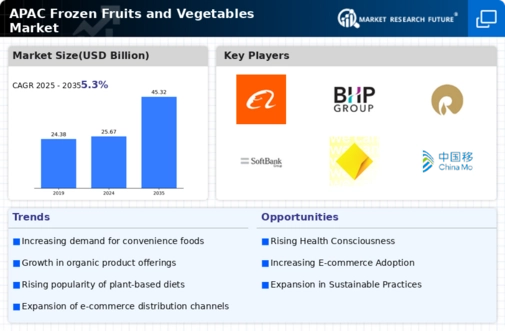Key Findings
An increase in demand for confectionery, bakery, and dairy products specifically in berries will drive demand for kiwi and apricots among the frozen fruit segments An increase in demand for RTE foods will drive demand for frozen spinach and other legumes among the frozen vegetable segments Volume-wise market size will continue to be higher under the APAC region with more than 50% share. The rise in disposable incomes in India and China and the growing demand for healthy foods will drive higher demand for frozen fruits Recent Development There are both domestic and foreign rivals in the highly fragmented frozen vegetable industry. General Mills Inc., Conagra Brands, Pictsweet Farms, Mother Dairy Fruit & Vegetable Pvt. Ltd., and ITC Brands, among others, dominate the market. To achieve a competitive edge in the market, businesses compete on various variables, such as product offers, ingredients, quality, pricing, functionality, size, packaging, and marketing initiatives. Major businesses are now concentrating on social media platforms and online distribution methods for marketing and branding their products to attract more customers.
Key Players
The key players profiled in APAC Frozen Fruits and Vegetables Market are Dole (U.S.), Ardo NV (Belgium), HJ Heinz (US), Simplot Australia PTY Ltd (Australia), General Mills (U.S.), Findus Sverige AB, (Sweden), Pinnacle Foods Corp. (US), and Bonduelle Group (France), Nanjing Zhongliang Organic Fruits and Vegetables Food Co., Ltd. (China), Allanasons Private Limited (India).
Reasons to buy This report includes an in-depth study analysis of the frozen fruits and vegetables market It covers market segmentation by type, sub-type, form, packaging, and application It helps in identifying region-wise major suppliers and understanding consumption patterns The report will provide useful and premium insights that will support in investments for frozen fruits and vegetables and allied companies providing details on the fast-growing segments and regions In addition, it will provide key findings that will help the companies to improve profitability by using supply chain strategies, cost effectiveness of various products mentioned in the report The data used in the report is primarily based on primary interviews with the major producing companies and industry experts and is also supported by authentic industry data from secondary sources.
Intended Audience
Frozen Fruit manufacturers Frozen Vegetable manufacturers Cold Logistics companies Reefer companies Retailers, wholesalers E-commerce companies Traders, Importers, and exporters

















Leave a Comment